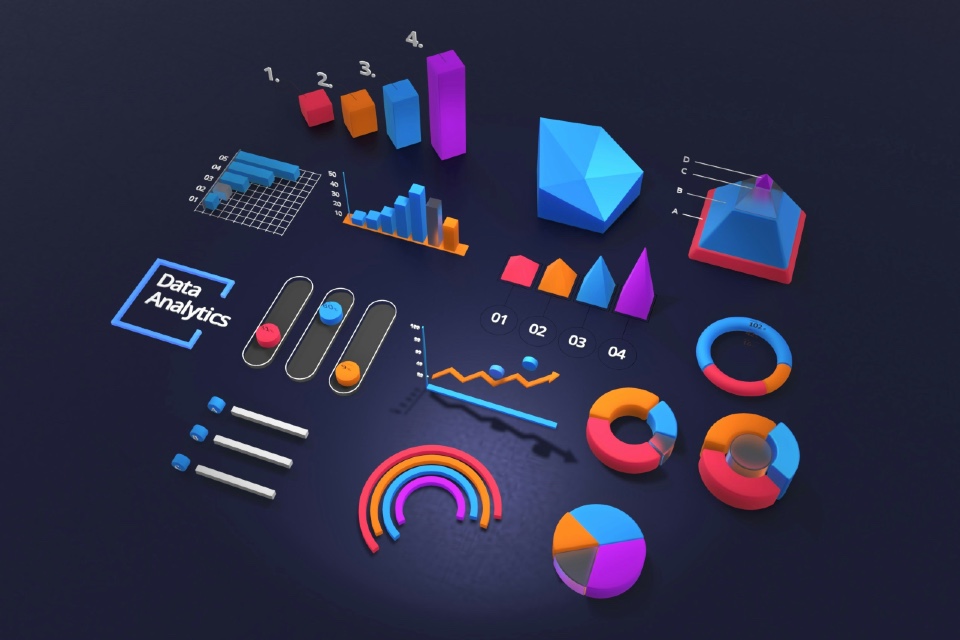As businesses strive to enhance customer service, drive efficiency, and gain competitive advantage, the application of analytics within contact centres has become increasingly sophisticated. Here’s a look at the key trends shaping the use of analytics tools in the UK’s contact centre industry.
Real-time Analytics for Immediate Insights: One of the most significant trends is the shift towards real-time analytics. Contact centres are now leveraging tools that provide immediate insights into customer interactions as they happen. This real-time analysis allows agents to adapt their approach on the fly, resolving issues more efficiently and improving the customer experience. Real-time analytics also enable supervisors to monitor call quality and agent performance, intervening promptly when necessary.
Predictive Analytics for Enhanced Customer Experience: Predictive analytics is another trend gaining momentum. By analysing historical data, contact centers can predict future customer behaviour and trends. This predictive insight allows for more personalised customer interactions, as agents can anticipate needs and offer tailored solutions before the customer even articulates them. Predictive analytics also helps in optimising workforce management, ensuring that the right number of agents with the appropriate skills are available at peak times.
Speech and Text Analytics for Deeper Understanding: The application of speech and text analytics has revolutionised how contact centers interpret customer interactions. These tools analyse voice calls and written communications to identify sentiment, tone, and specific keywords, providing a deeper understanding of customer emotions and intentions. This analysis can uncover trends and issues that might not be apparent from numerical data alone, offering valuable insights that can inform service improvements and product development.
AI and Machine Learning for Smarter Analytics: Artificial Intelligence (AI) and Machine Learning (ML) are at the forefront of the analytics revolution in contact centers. These technologies enhance the capabilities of analytics tools, enabling more sophisticated data analysis. AI and ML can identify patterns and correlations within large datasets that human analysts might miss, leading to more accurate predictions and actionable insights. Furthermore, these technologies can automate routine tasks, allowing agents to focus on more complex customer needs.
Data Security and Privacy Considerations: With the increased use of analytics tools, data security and privacy have become paramount concerns. Contact centers are investing in secure analytics platforms that comply with data protection regulations such as the GDPR. Ensuring the privacy and security of customer data is not only a legal requirement but also crucial for maintaining customer trust.
The application of analytics tools within the UK’s contact centres is evolving rapidly, driven by advances in real-time analytics, predictive analytics, speech and text analysis, AI, and ML. These trends are enabling contact centers to deliver a more personalised, efficient, and data-driven customer service experience. As these technologies continue to develop, their application in contact centres is set to become even more integral to achieving operational excellence and customer satisfaction.
Are you looking for Analytics tools for your contact centre business? The Contact Centre & Customer Services Summit can help!
Photo by Choong Deng Xiang on Unsplash







